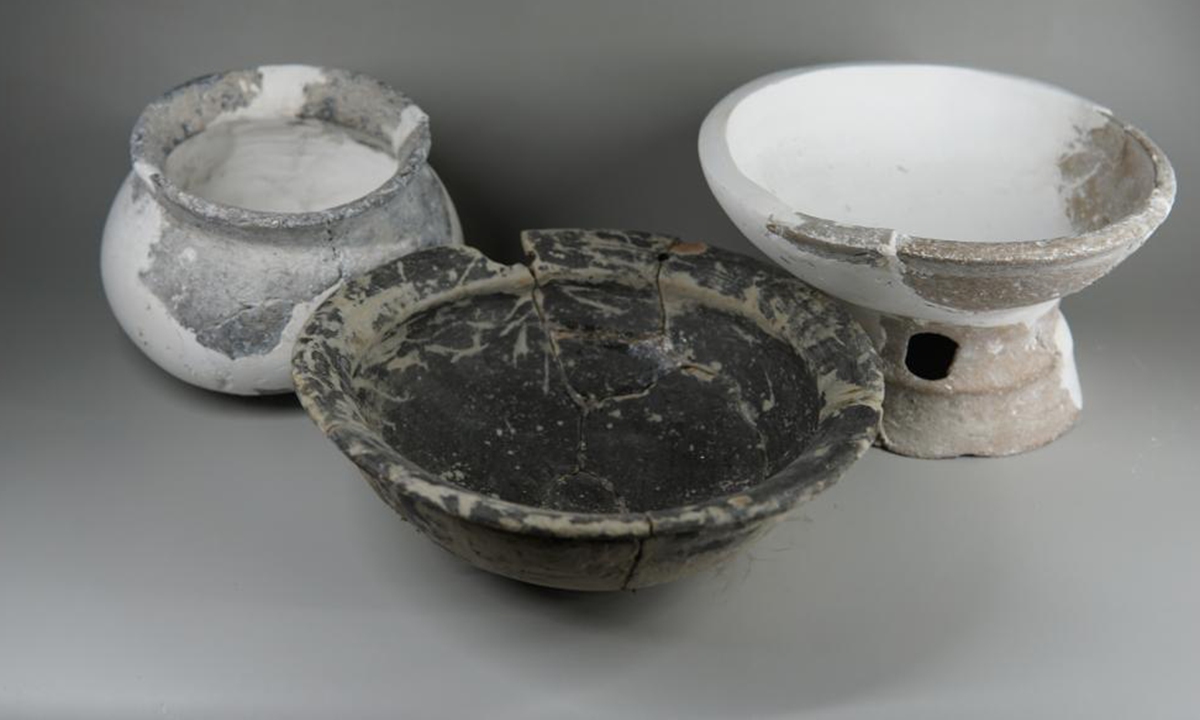lithopone(b301 b311) pricelist manufacturer

Photo: Screenshot from online
A treasure trove of artifacts spanning from the Hemudu period (5500BC-3300BC) to the Song Dynasty (960-1127) have been unearthed at an archaeological site in Ningbo,lithopone(b301 b311) pricelist manufacturer East China's Zhejiang Province.
The six-month excavation commenced in February. The site, initially identified in June 2022 in a village in Fenghua district of Ningbo, covers an expansive area with separate north and south zones measuring 4,400 and 3,400 square meters, respectively.
The layers at the site were categorized into six levels, showcasing 77 distinct historical features. Over 600 artifacts were discovered, a majority of them prehistoric remnants, offering a glimpse into the cultural evolution of China from the Neolithic Hemudu culture to the Tang (618-907) and Song (960-1279) dynasties, said Ding Fengya, the on-site director of the excavation.
The Hemudu culture layer presented evidence of structures such as earthen platforms, tombs, wooden storage pits, protective wooden fences, ash pits and ash trenches.
Moving forward in time, artifacts from the Liangzhu culture (3400BC-2250BC)) include ground-level single or multi-room buildings composed of base grooves and pillar holes, often circular or rectangular in shape.
The burial structure consists of rectangular vertical pit tombs oriented east-west, with coffins made of single wooden planks, and some tombs containing coffin lids. A substantial number of pottery fragments and stone tools were unearthed from the cultural layers.
Only a small number of porcelain cups, bowls, and pottery fragments were found from the cultural layer of the Warring States period (475BC-221BC), as it was disrupted by human activity during the Han (206BC-AD220) to Six Dynasties (220-589) period.
Discovered remnants from the Han to Six Dynasties period include structures, tombs, and ash pits, with artifacts primarily composed of pottery, ceramics, and brick and tile architectural components. The main unearthed artifacts from the Tang and Song periods are celadon ceramics and a limited amount of white porcelain.
A staff member from the Ningbo Cultural Heritage Management Research Institute stated that there are an abundant number of artifacts excavated from the site and they show clear chronological characteristics, making the site a typical example of a settlement in the plains of the Fenghua River basin, which means it holds significant value for constructing a map of regional cultural development and studying the changes in settlements.
Global Times
本文地址:http://www.fzgmy.com/news/45c593975.html
版权声明
本文仅代表作者观点,不代表本站立场。
本文系作者授权发表,未经许可,不得转载。